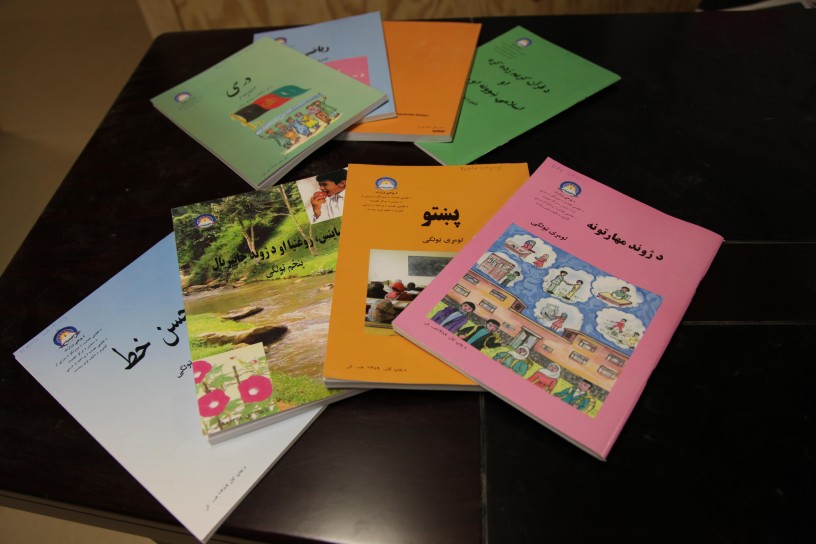AT-KABUL: More than 400,000 children in Afghanistan – over 1,100 per day – are expected to drop out of school this year due to growing instability and a spike in forced returns from Pakistan, Save the Children analysis has shown.
The stark projection comes on the first day of the new school year in Afghanistan, when almost a third of all children across the country – 3.7 million – are unable to go to school, leaving them at increased risk of child labour, recruitment by armed groups, trafficking, early marriage and other forms of exploitation, the agency said.
The crisis is made worse by a tightening of regulations by authorities in Pakistan, which forced more than 610,000 Afghans to return from Pakistan in 2016. This year up to one million more will return, threatening to overwhelm already swamped health and education services.
Over half of all returnee children are currently out of school, often working on the streets because their parents haven’t been able to find a job since arriving back in Afghanistan, save the children analysis showed.
On the start of Afghanistan’s school year, Save the Children Country Director in Afghanistan, Ana Locsin, said: “Today should be a happy day in Afghanistan as children go back to class for the first time after a long winter. Instead it is a day cloaked in tragedy for the millions who can’t access education and are struggling to survive.”
“We know that children who aren’t going to school are at increased risk of early marriage, entering the workforce where they can be exploited, or even recruitment into armed groups or being trafficked. And the longer they are out of the education system, the less likely they’ll ever go back,” she added.
Jawid, 14, was born in Pakistan but was forced to return to Afghanistan with his family last year. He hasn’t gone to school since leaving Pakistan because his family is so poor that he needs to work collecting and selling rubbish.
“When I am collecting rubbish I feel really sad and wonder why I’m working at this age when I should be going to school. It is my time to get an education not to work,” Jawid said.
Last year also saw major flare ups in fighting across the country, killing 923 children and making 2016 the deadliest year on record for Afghan children. This year, the UN predicts that 450,000 Afghans will be displaced due to fighting, while more than 9.3 million people across the country will need urgent humanitarian assistance, including over 1 million children suffering acute malnutrition.
Even as need spirals, however, the UN’s US$550 million humanitarian appeal for Afghanistan is only 15 percent funded.
“Afghanistan is in a precarious situation right now with growing humanitarian needs and we’re seeing more attacks by armed groups, more people fleeing their homes and a lack of support from the international community as other crises take precedence,” Locsin said.
“Something has to give soon, which is why we are urgently calling for greater investment in aid and education so that the progress made in Afghanistan over the past 10 to 15 years, particularly in girls’ schooling, does not come undone.”
 Afghanistan Times
Afghanistan Times




